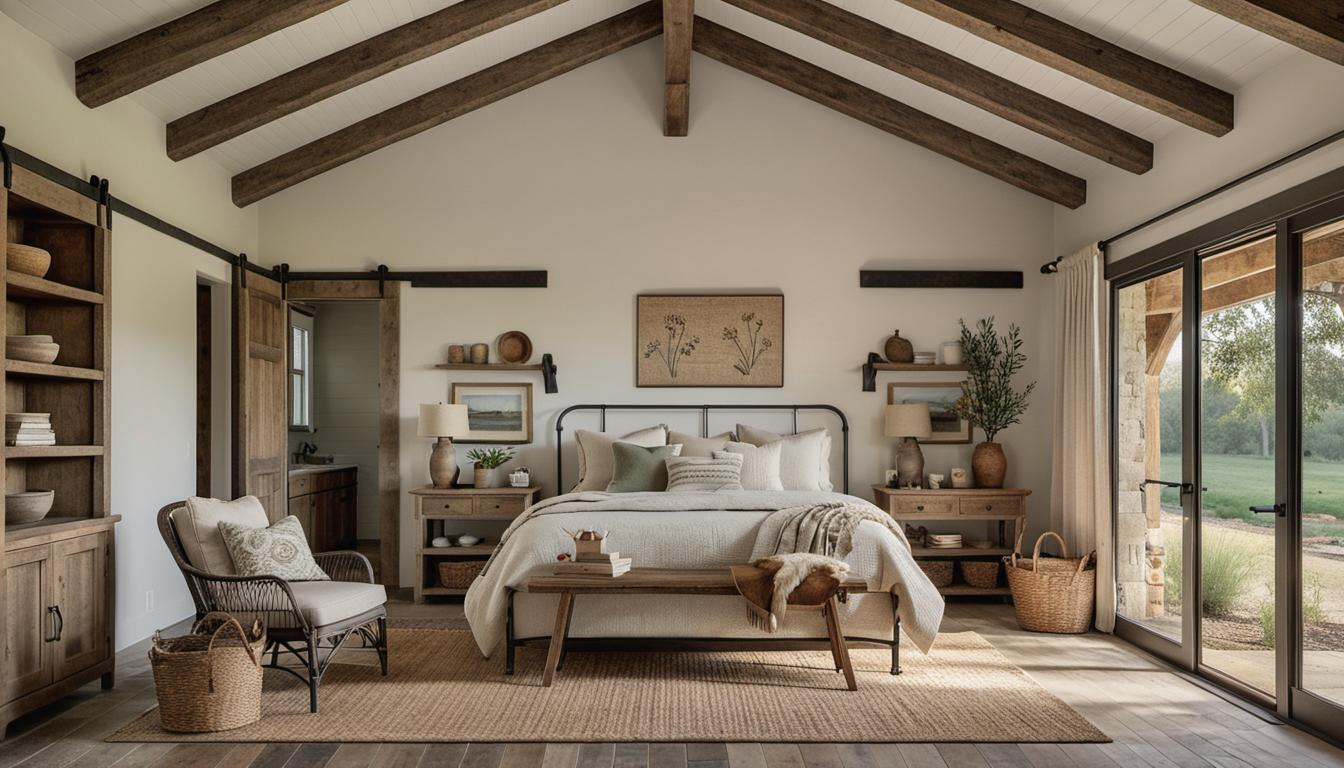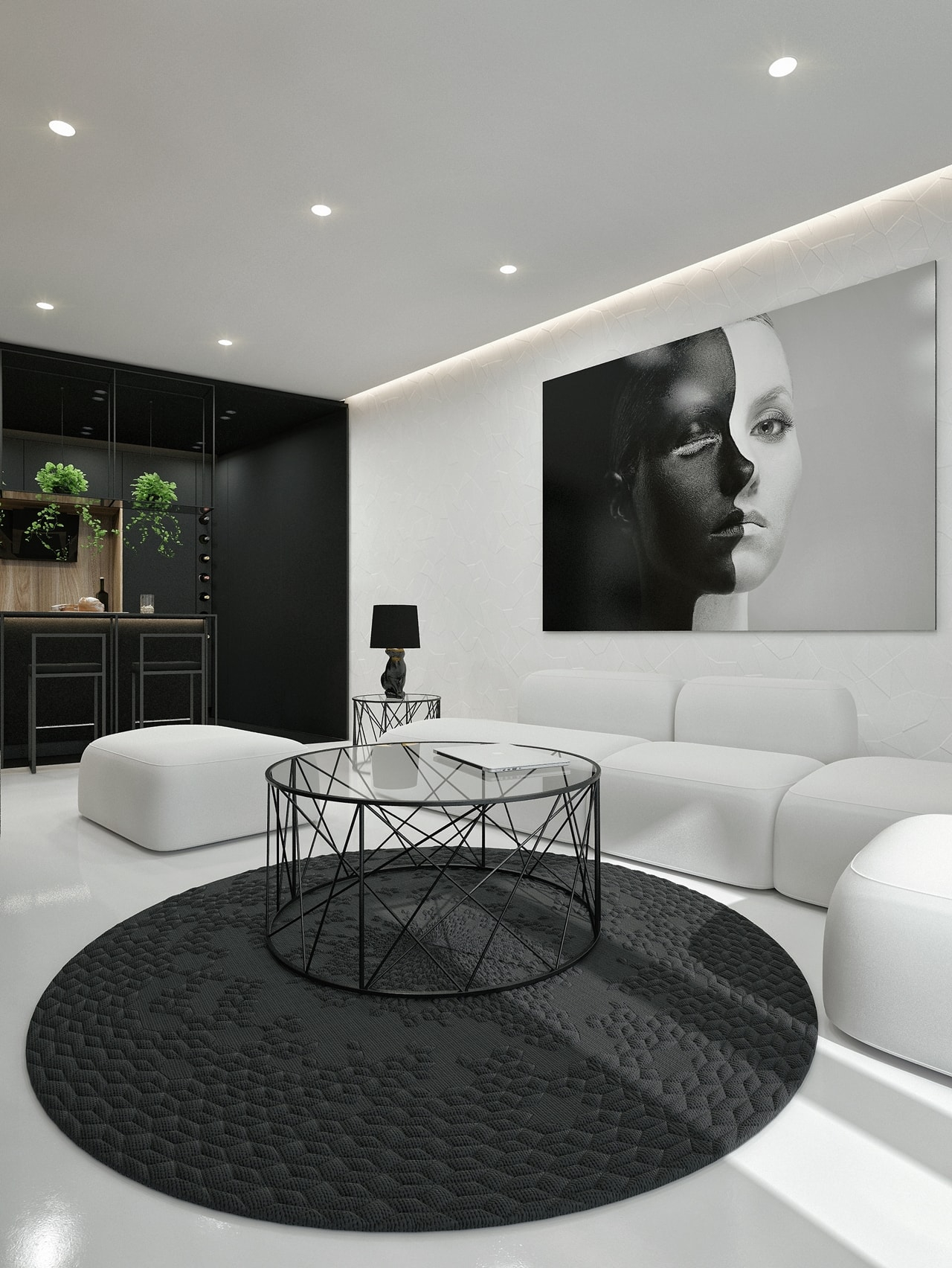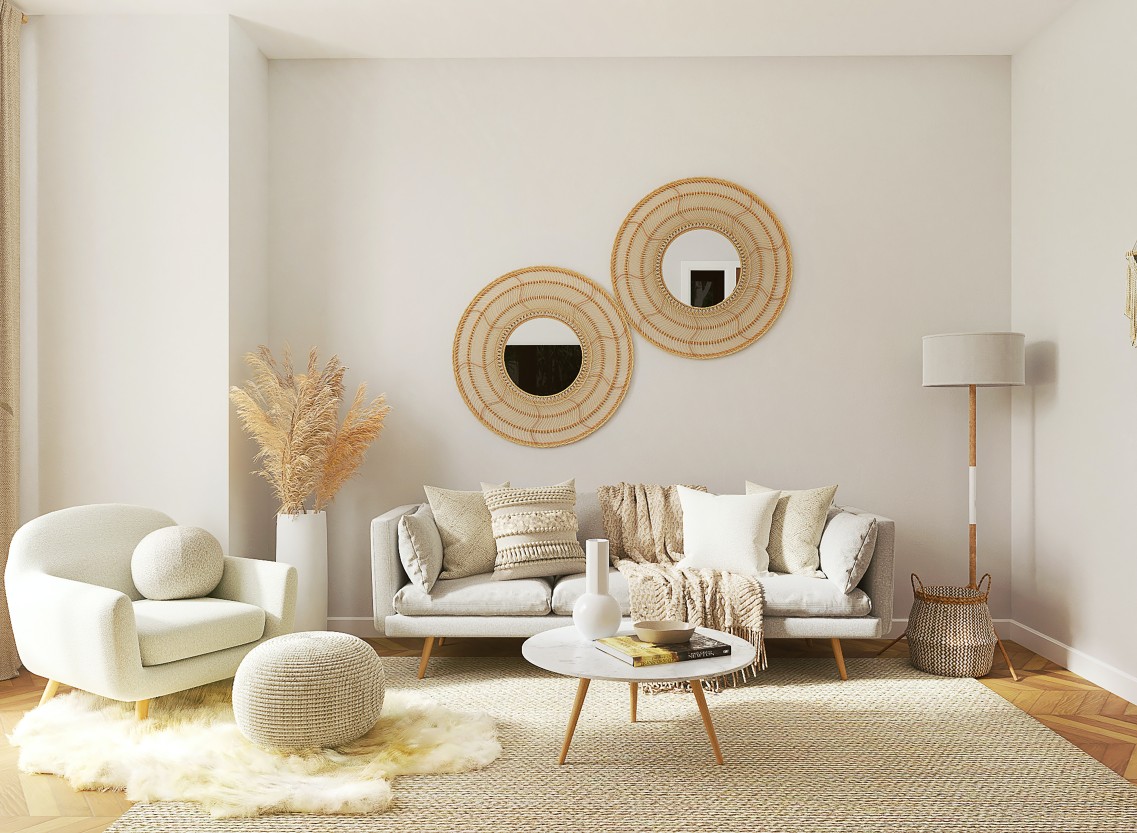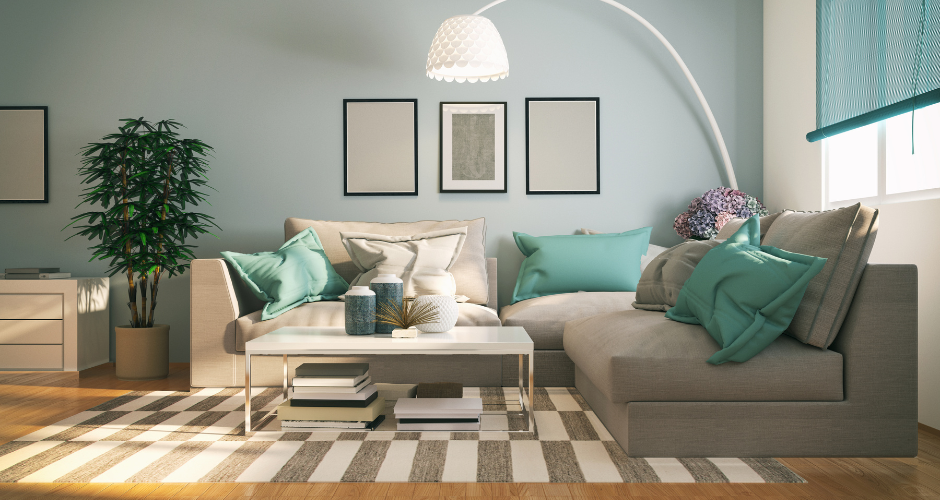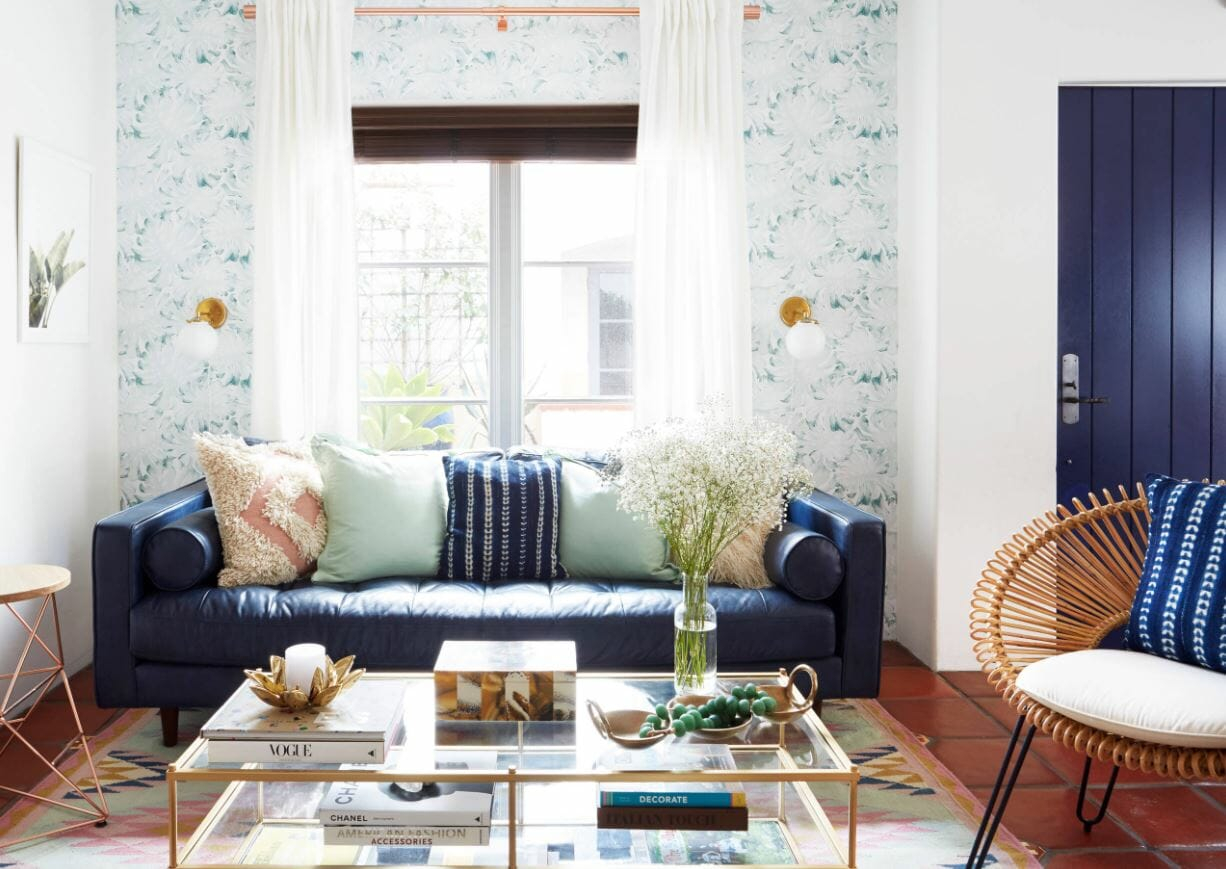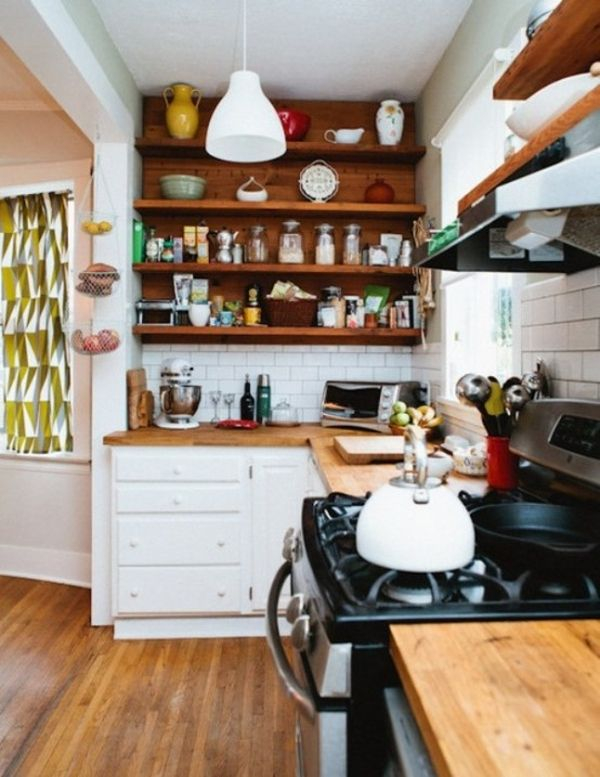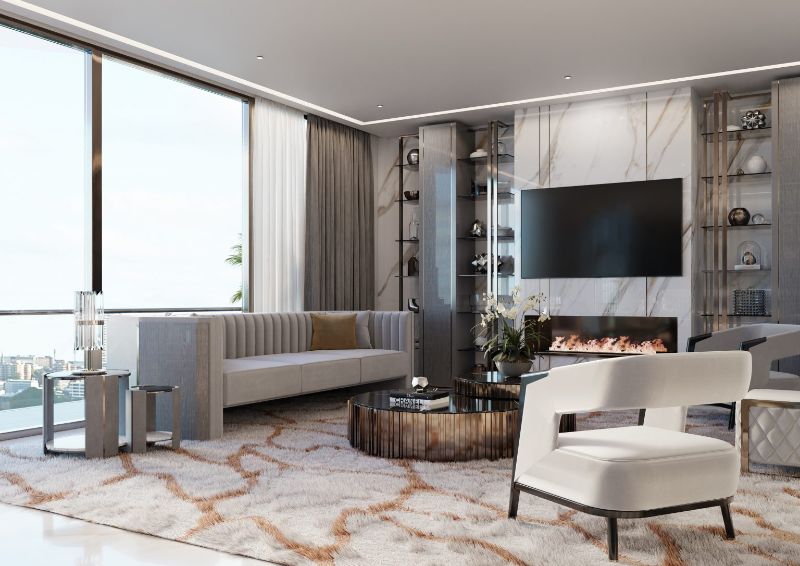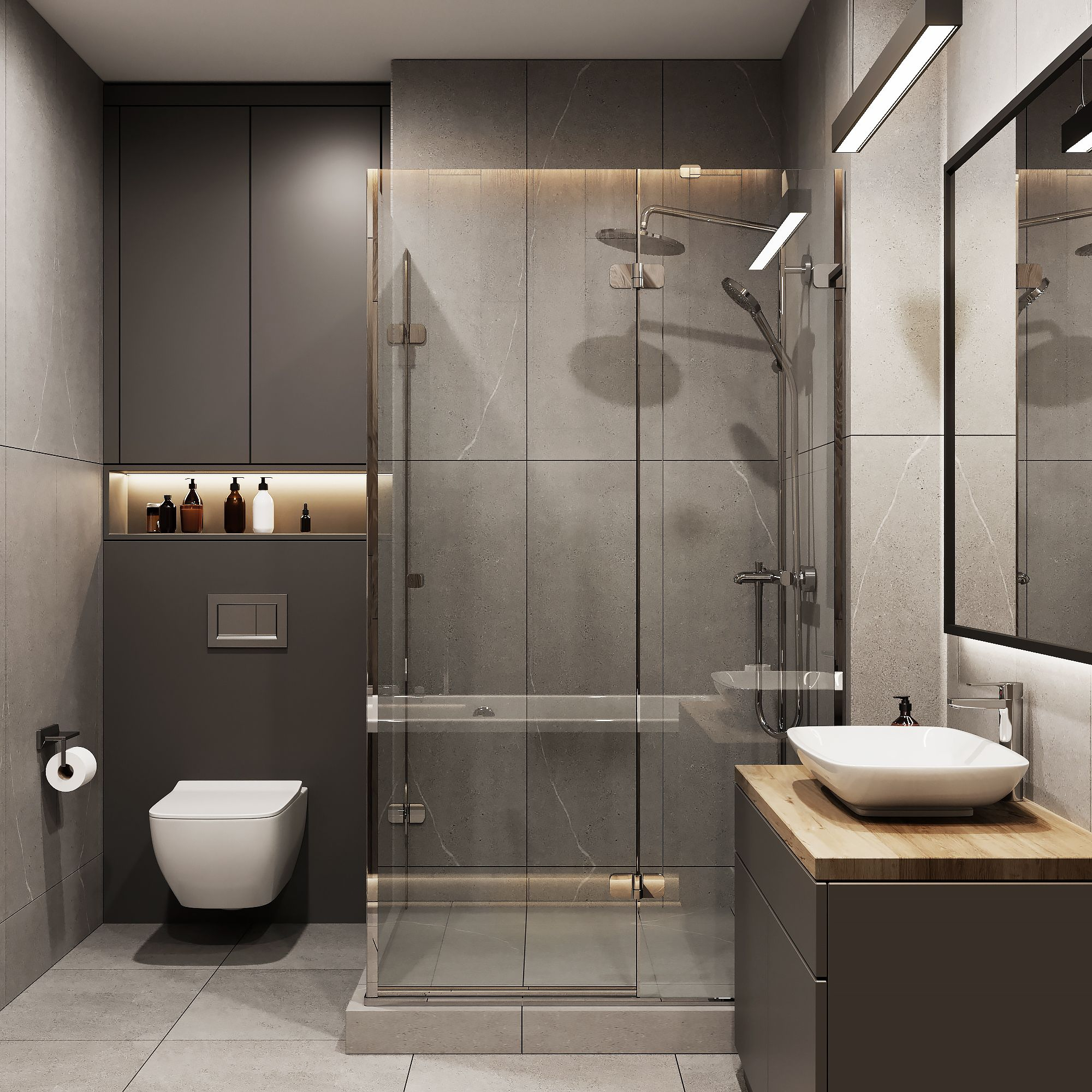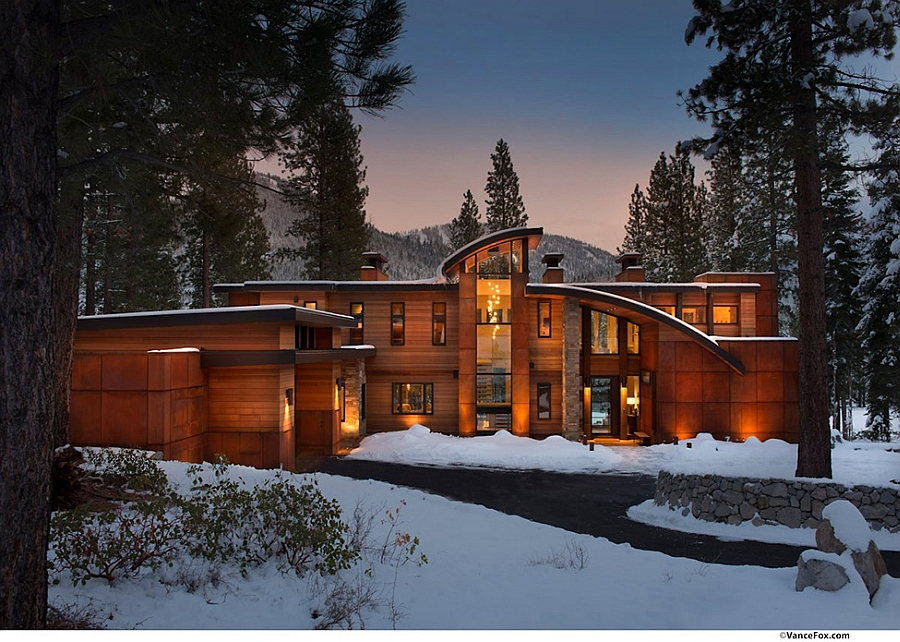There’s a certain magic to country living, isn’t there? A quiet charm that whispers of simpler times and a connection to the natural world. It’s this very feeling that draws so many of us to the idea of a country home. But how exactly do you capture that essence, that feeling of rustic simplicity, and weave it into the very fabric of your home? It’s more than just a style; it’s a philosophy, a way of life that prioritizes comfort, authenticity, and a deep appreciation for the beauty found in the unadorned.
Rustic simplicity in home design isn’t about roughing it. Far from it. It’s about embracing natural materials, a relaxed aesthetic, and an atmosphere of comfortable living. Think of worn wood, rough-hewn stone, and the soft glow of natural light. It’s about creating a space that feels lived-in, warm, and utterly welcoming. This design approach celebrates imperfections and finds beauty in the organic textures and tones that nature provides. It’s a gentle rebellion against the overly polished and the excessively modern, offering a sanctuary that soothes the soul and grounds you in the present moment.
Embracing Natural Materials: The Foundation of Rustic Charm
The heart of rustic simplicity lies in its materials. Wood, in all its glorious forms, is king. Unfinished beams, reclaimed lumber for flooring or accent walls, and handcrafted wooden furniture all speak the language of the countryside. Stone is another cornerstone, whether it’s a grand fireplace, a rugged accent wall, or even simple slate flooring. These materials aren’t just visually appealing; they have a tactile quality that invites touch and adds a sense of permanence and history to your dwelling. Consider incorporating natural fibers like linen, wool, and cotton for upholstery and soft furnishings. These textiles add a layer of plushness and warmth that perfectly complements the inherent ruggedness of the harder materials. It’s about letting the inherent beauty of these elements shine through, often with minimal processing.
A Palette Inspired by Nature
When designing a rustic home, your color scheme should echo the natural world surrounding it. Think of the earthy tones of soil, the warm hues of autumn leaves, and the soft greens of a forest canopy. Muted browns, deep creams, warm grays, and gentle olives create a calming and cohesive atmosphere. Pops of color can be introduced through natural elements like potted plants, vibrant floral arrangements, or even a beautifully aged piece of pottery. The goal is to create a serene backdrop that allows the textures and character of your materials to take center stage. Avoid overly bright or synthetic colors, which can disrupt the tranquil and authentic feel you’re aiming for. It’s about creating a visual harmony that feels both grounded and uplifting.
Furniture with Character and Comfort
Rustic furniture often possesses a sense of history and craftsmanship. Look for pieces that are sturdy, comfortable, and made from natural materials. A large, plush sofa upholstered in a natural fabric, accented with comfortable throws and pillows, is an invitation to relax. Wooden tables, perhaps with a slightly distressed finish, add warmth and authenticity. Think antique finds, handcrafted pieces, or even well-made reproductions that capture that timeless appeal. Functionality is key, but so is comfort. You want furniture that feels as good as it looks, encouraging long conversations and lazy afternoons. Don’t be afraid of pieces that show their age; a little wear and tear can add to their character and tell a story.
The Art of Imperfection: Embracing Wabi-Sabi
Rustic simplicity often embraces the Japanese concept of ‘wabi-sabi,’ which finds beauty in imperfection, impermanence, and incompleteness. This means that a slightly chipped ceramic bowl, a piece of furniture with a few scratches, or a wall that isn’t perfectly smooth can actually enhance the charm of your home. These ‘flaws’ are what give a space character and make it feel unique and personal. Instead of striving for a sterile, showroom-perfect look, appreciate the patina of age and the signs of a life well-lived. This approach fosters a more relaxed and forgiving environment, allowing you to truly feel at home without the constant worry of keeping everything pristine. It’s about accepting and celebrating the passage of time.
Lighting and Ambiance: Setting the Mood
Lighting plays a crucial role in establishing the warm and inviting atmosphere of a rustic home. Natural light should be maximized, so keep window treatments simple and allow sunlight to stream in. For artificial lighting, opt for fixtures that complement the rustic aesthetic. Think wrought iron chandeliers, simple pendant lights with Edison bulbs, or lanterns. Soft, warm lighting is key to creating a cozy ambiance, especially in the evenings. Strategically placed floor lamps and table lamps can create intimate pools of light, perfect for reading or relaxing. Avoid harsh, overhead lighting that can feel sterile and unwelcoming. It’s the subtle interplay of light and shadow that truly brings a rustic space to life.
Accessorizing with Authenticity
The finishing touches in a rustic home should be deliberate and meaningful. Instead of clutter, focus on curated pieces that add personality and texture. Think handcrafted pottery, woven baskets, antique books, or botanical prints. Natural elements like dried flowers, branches, or stones can also serve as beautiful decorative accents. A well-placed vintage rug can tie a room together and add warmth underfoot. The key is to choose accessories that feel authentic and have a story to tell, rather than mass-produced items that lack soul. Each piece should contribute to the overall narrative of comfort and connection to the natural world. It’s about creating a soulful space, not just a decorated one.
Designing a country home with rustic simplicity is a journey of creating a space that feels deeply personal, comfortable, and connected to the rhythms of nature. By focusing on natural materials, a calming color palette, comfortable and characterful furniture, and embracing the beauty of imperfection, you can craft a haven that truly nourishes the spirit. It’s about building a home that’s not just beautiful, but also a reflection of a life lived with intention and appreciation for the simple, enduring pleasures. So go ahead, let the essence of rustic simplicity guide you, and create your own harmonious country retreat. The peace and comfort you’ll find within its walls will be well worth the effort.

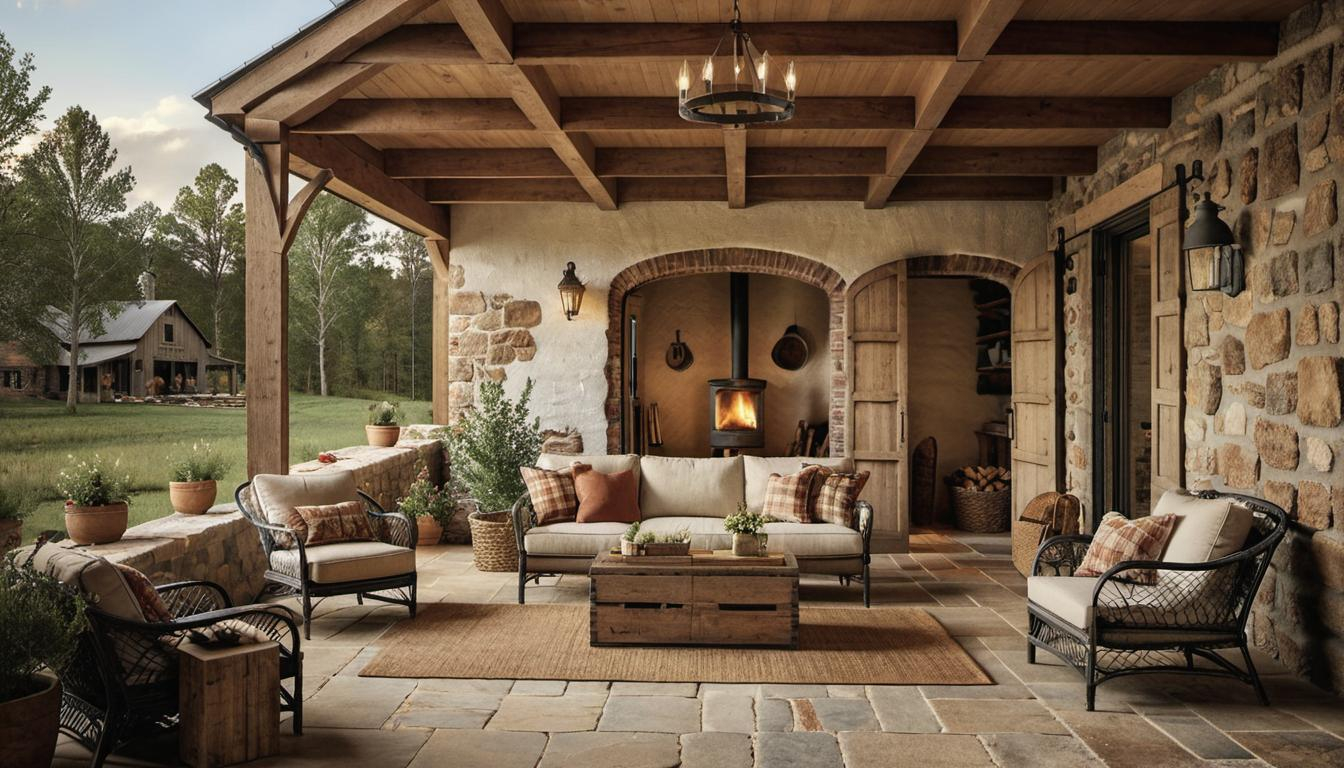
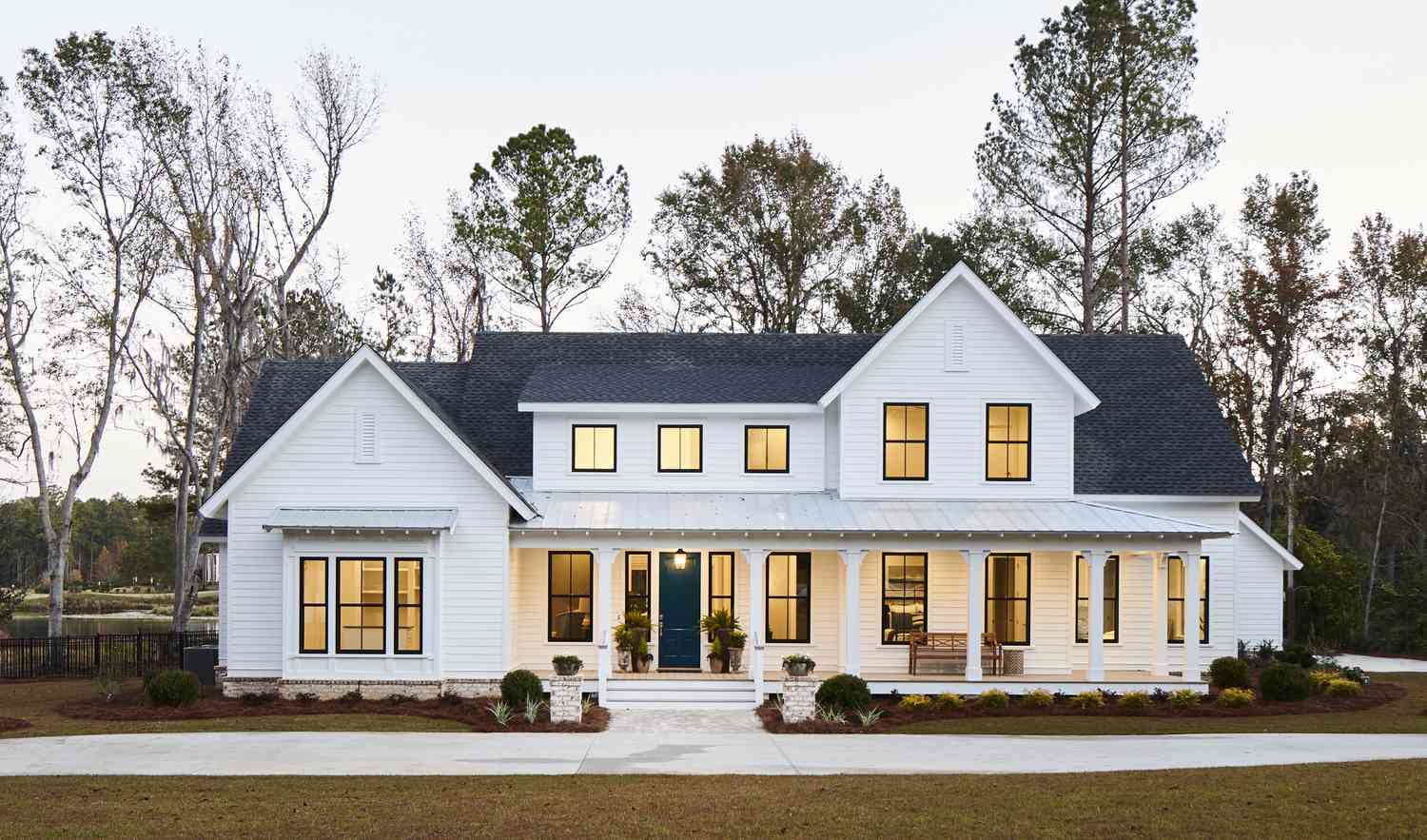
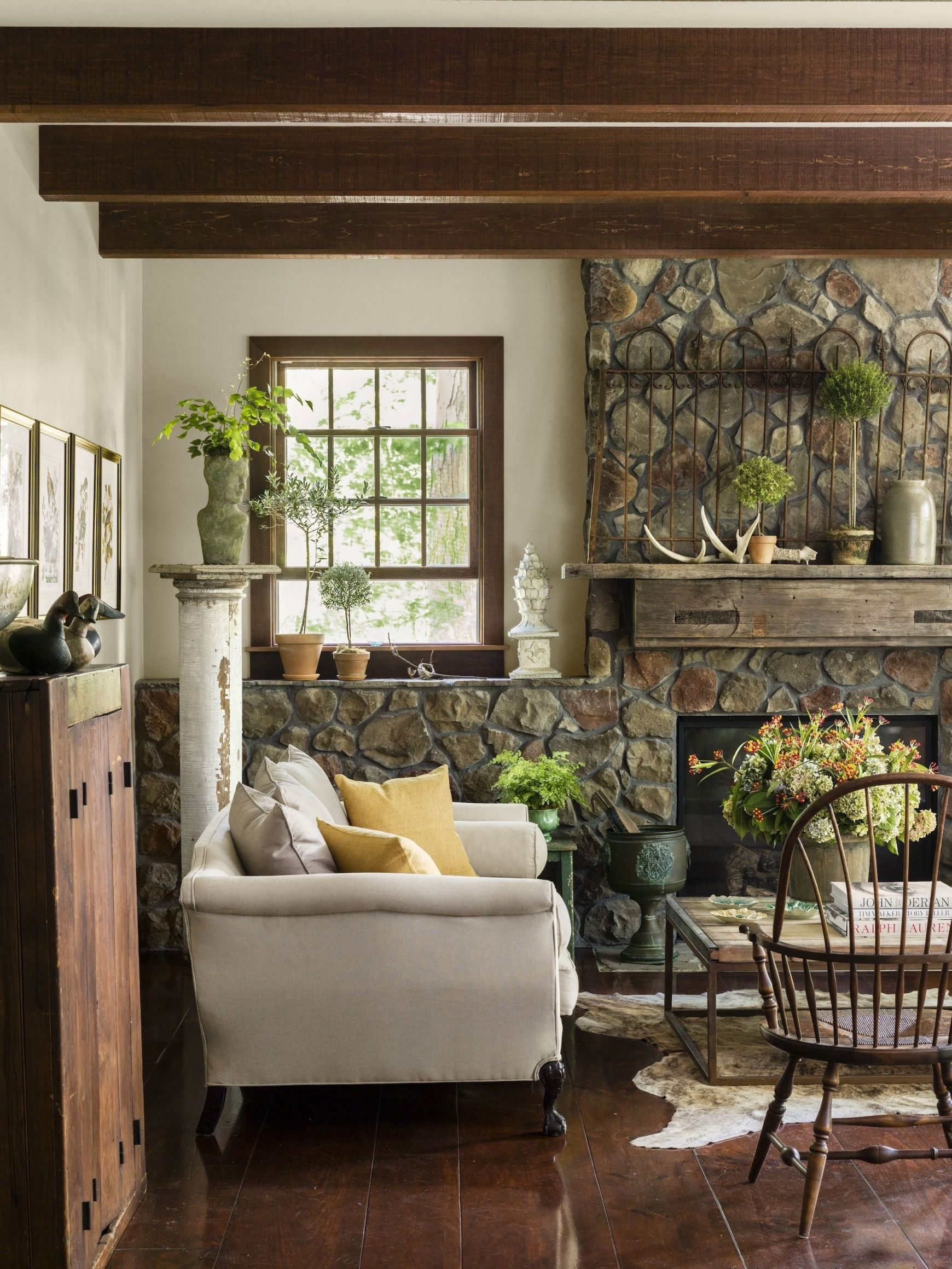
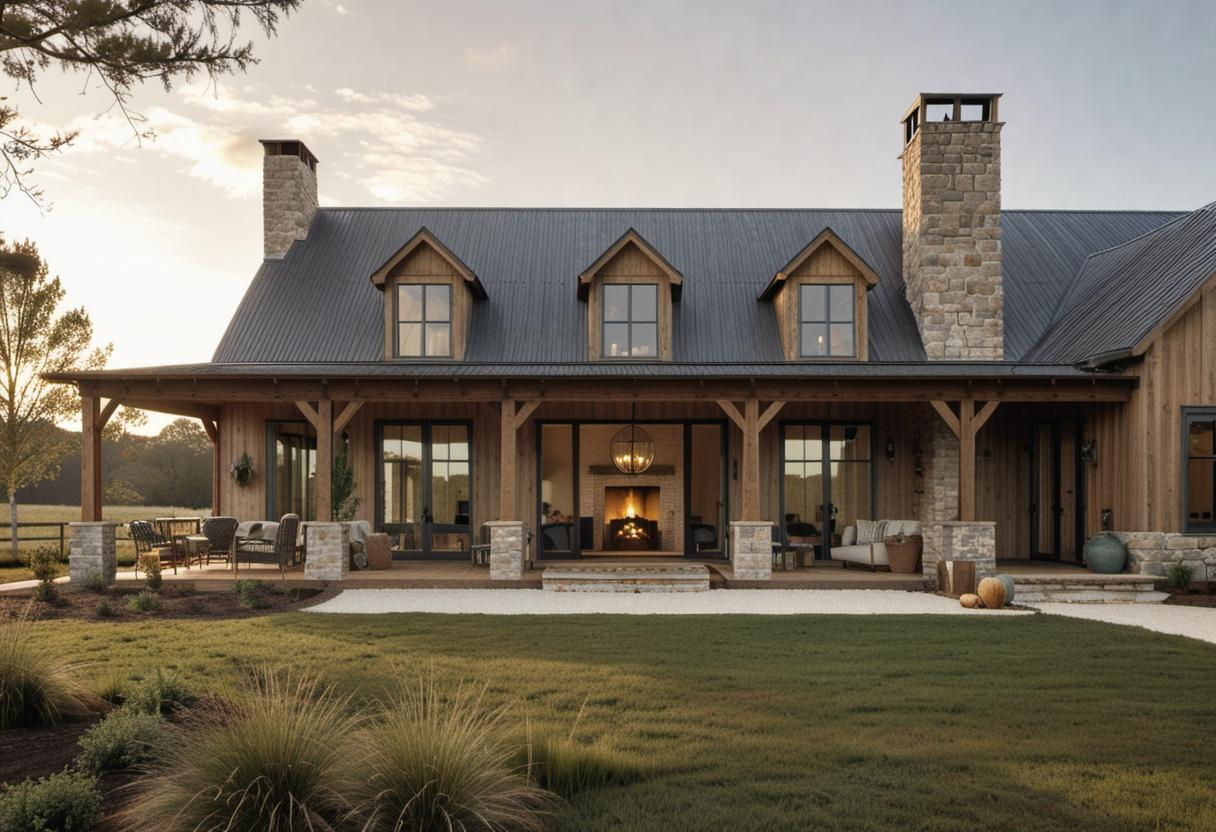
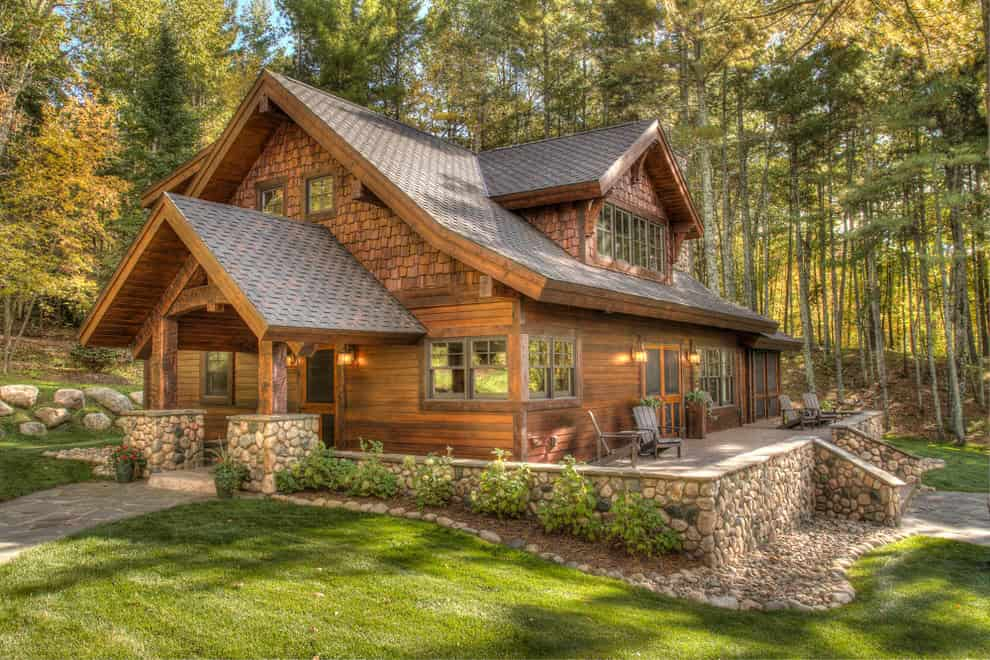
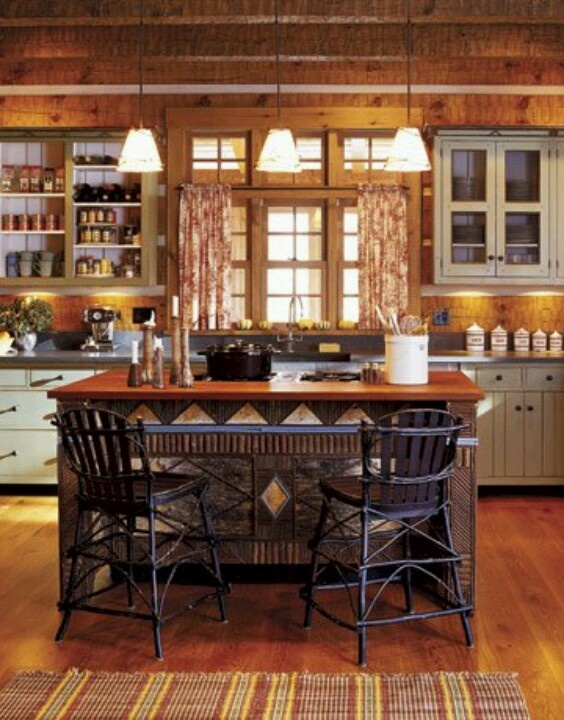

![Rustic Camp Cabin Big Sky Montana [1700X2560] | Living Room Decor ... pertaining to](https://roofdrivein.com/wp-content/uploads/2025/08/rustic-camp-cabin-big-sky-montana-1700x2560-living-room-decor-pertaining-to.jpg)
